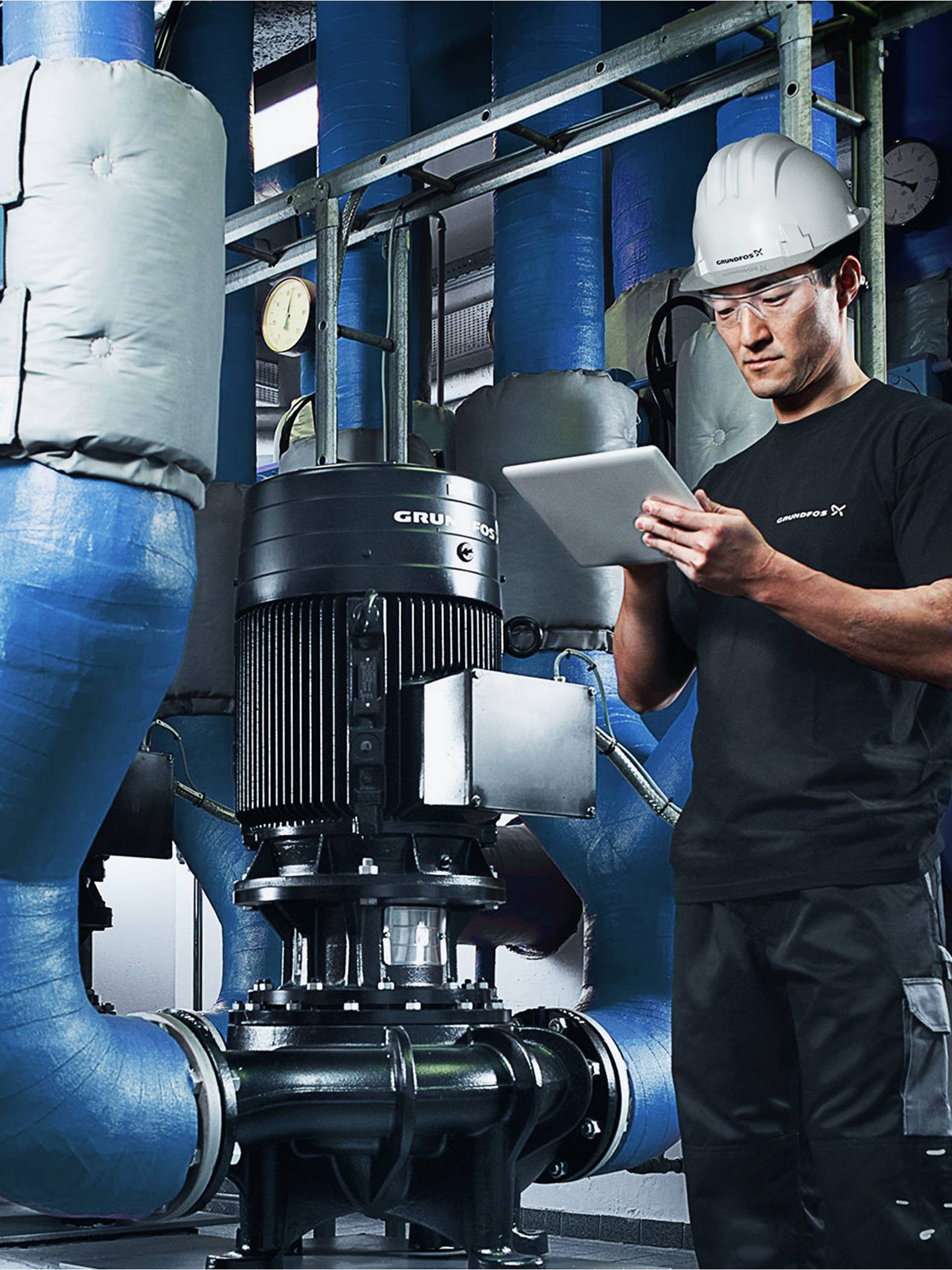The Art of Pump Selection: Matching Your Pump to Your Application

Pumps are important tools that different industries use, including chemical processing, asphalt processing, and agriculture. With the right pump, you can efficiently move pumps.
But if you end up with the wrong one, you may incur productivity losses and expensive downtime. This is why taking your time when choosing the right pump for the job from distributors like Pumpbiz is important.
Applications Requiring the Use of a Pump
Every pump is made for different pumping types and applications. Some of the common applications of a pump include the following:
- Pumping waste
- Drainage
- Supply water in the house
- Irrigation
Matching the Right Pump with the Application
The best way to match the right pump design to its application is to have the necessary details related to the fluids and tasks involved. By choosing the right pump for its application, you will ensure peace of mind and compliant, reliable, safe, and efficient operations of the equipment. To help you make the right decision when matching a pump with its application, the following are tips to look at:
- Check the Viscosity
Viscosity is simply the measure of fluid’s resistance. It is an important aspect when choosing the right pump for applications like paint manufacturing.
Paint is one of the most complex fluids with different viscosities based on application and composition. Choosing a good pump with the required viscosity rating helps ensure that the equipment can effectively move the fluid without causing any damage to the pump fluid.
A good example of a pump you can use for painting with different viscosities is a positive displacement pump, like a progressive cavity pump, diaphragm pump, and gear pump. But if you are dealing with a flow-viscosity fluid, you can opt for a centrifugal pump.
- Consider the Type of Media
The type of media transport determines the pump to use. Apart from the viscosity of the media, you also need to consider factors like solid elements and suction temperature.
As a general rule of thumb, media with more viscosity is more difficult to flow through pumping systems. But remember that media viscosity differs depending on the operating conditions.
Ideally, there are four groups of liquids. The first group, which consists of alcohol, oil, or water, moves through equipment no matter the agitation level or speed. For this group, too, you won’t struggle to choose the right pump.
- Determine the Noise
Some equipment makes a lot of noise, which is unacceptable under certain conditions. In such areas, it would be best to opt for a silent and automatic priming and trash pump powered by diesel.
In the world of pumps, this category has already set the industry standard when it comes to sound control, environmental protection, and performance. Most of them are self-contained, too, protecting the equipment against potential coolant, fuel, or engine leaks.
Choosing the best pump for specific applications is an important decision that greatly impacts operational success, safety, and efficiency. By matching the pump to a specific field, being familiar with the pump basics, and assessing the requirements of the application, industries can achieve optimal reliability and performance.
